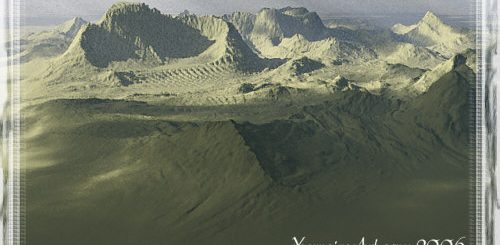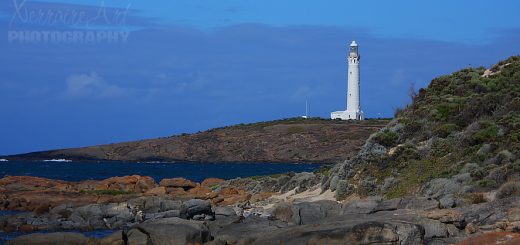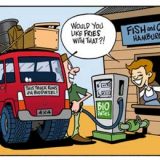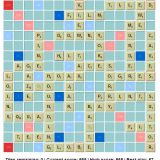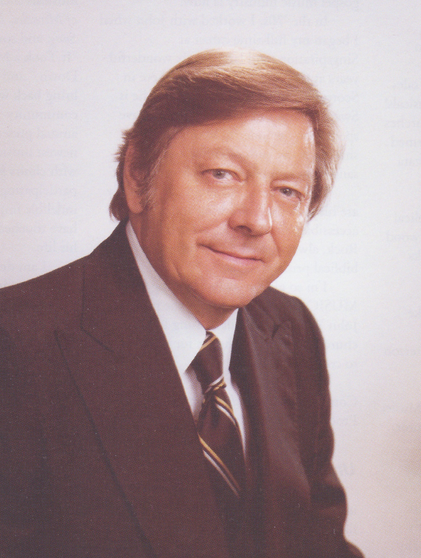We Might Lose a Part of Julimar State Forest
So after a beautiful day at Julimar State Forest inside the Shire of Toodyay, I had to look up what exactly was a state forest definition in Western Australia. I found the following:
The terms “State forest” and “timber reserve” refer to areas of Crown land set aside for uses including timber production, conservation and recreation. They include Crown land reserved as a State forest or timber reserve and used to grow non-native plantation species. State forests and timber reserves are managed by the Department of Environment and Conservation (“DEC”), and are the only areas where timber harvestingcan occur on DEC managed land. Timber reserves and State forests are managed identically.
Edo.org.au
Please note the word conservation.
So after spending our day seeing these wildflowers and orchids:
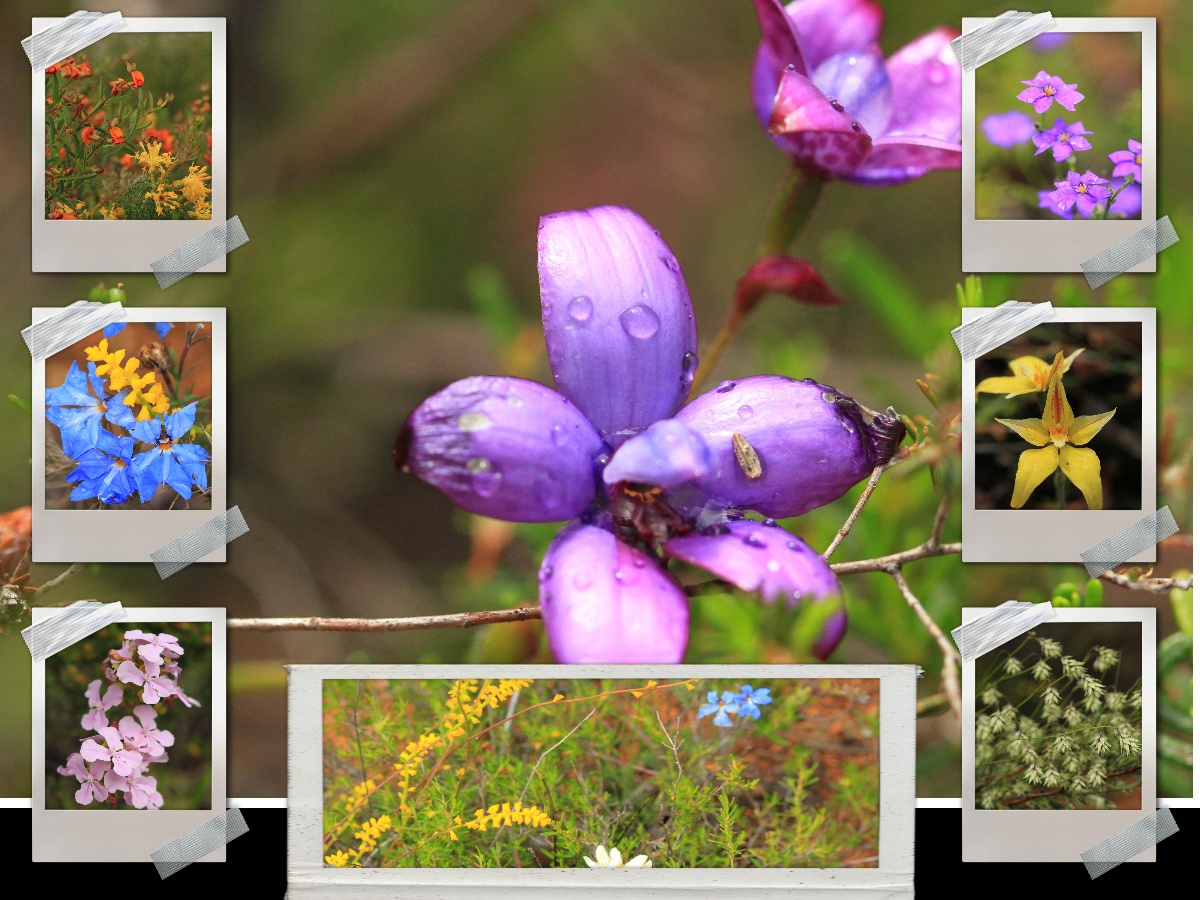
And after admiring these fantastic views:
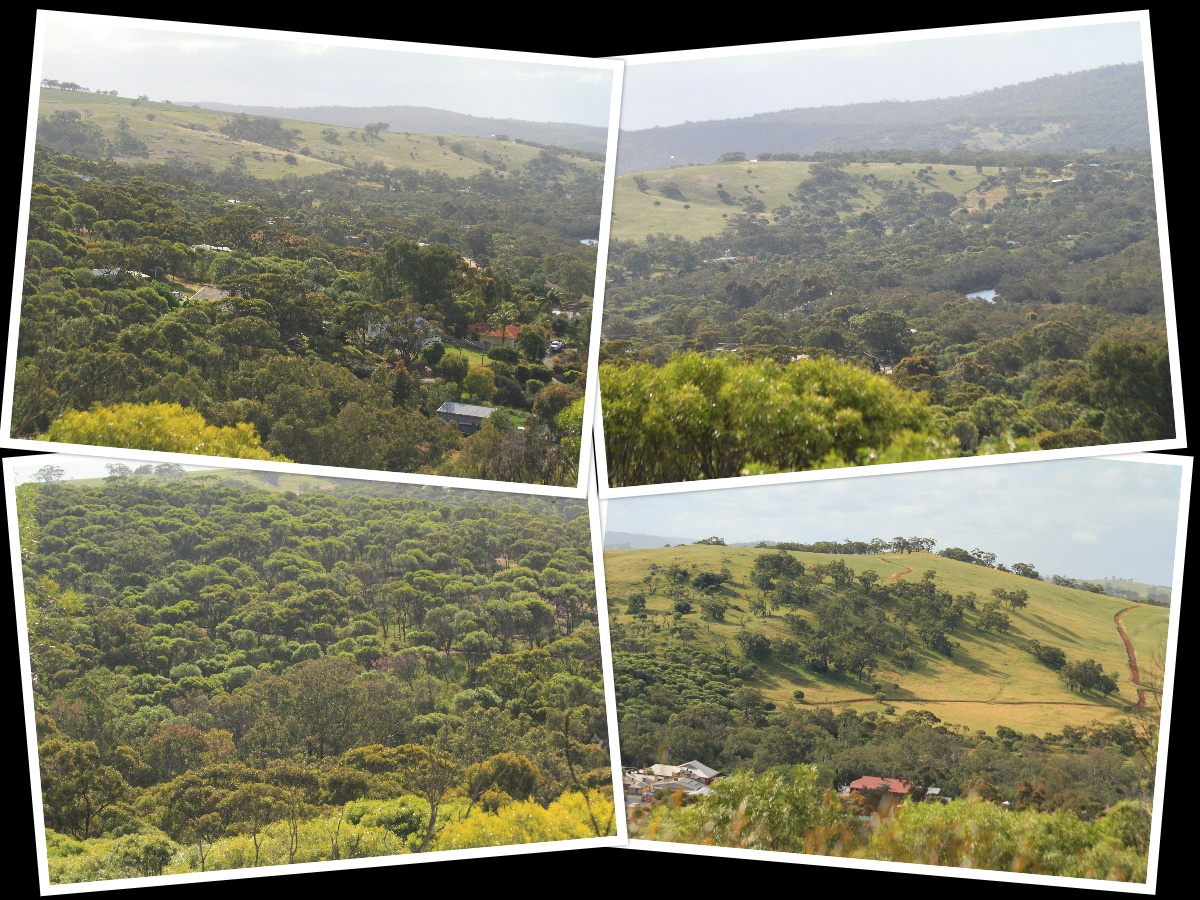
And the place where we saw the mother of all rainbows…
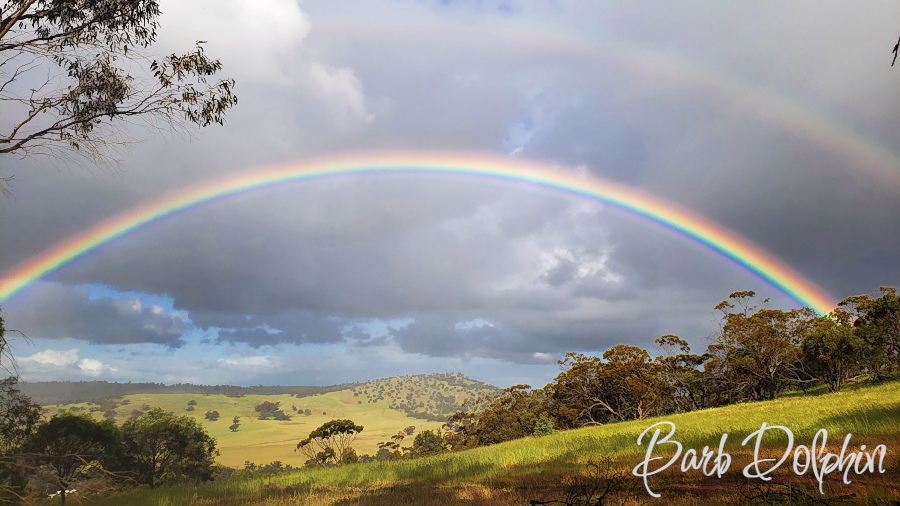
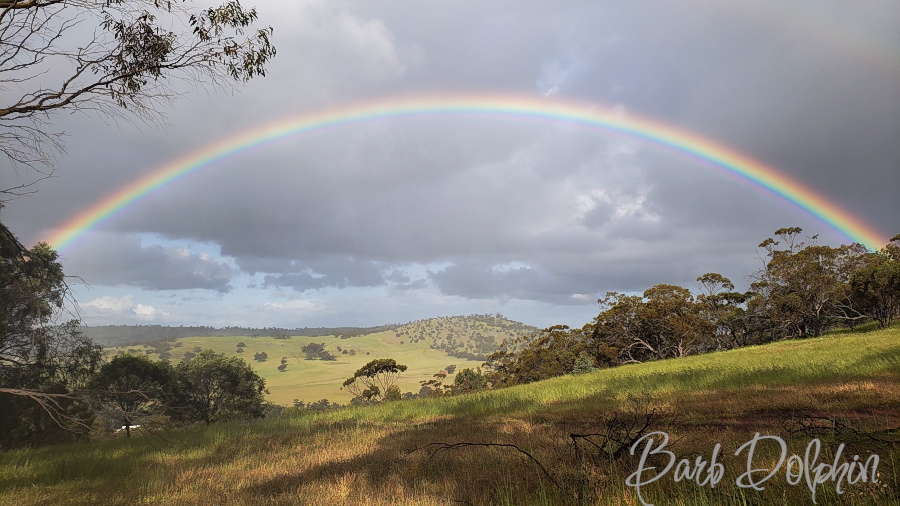
This same place where we enjoyed a few fun roads to find even more wildflowers…
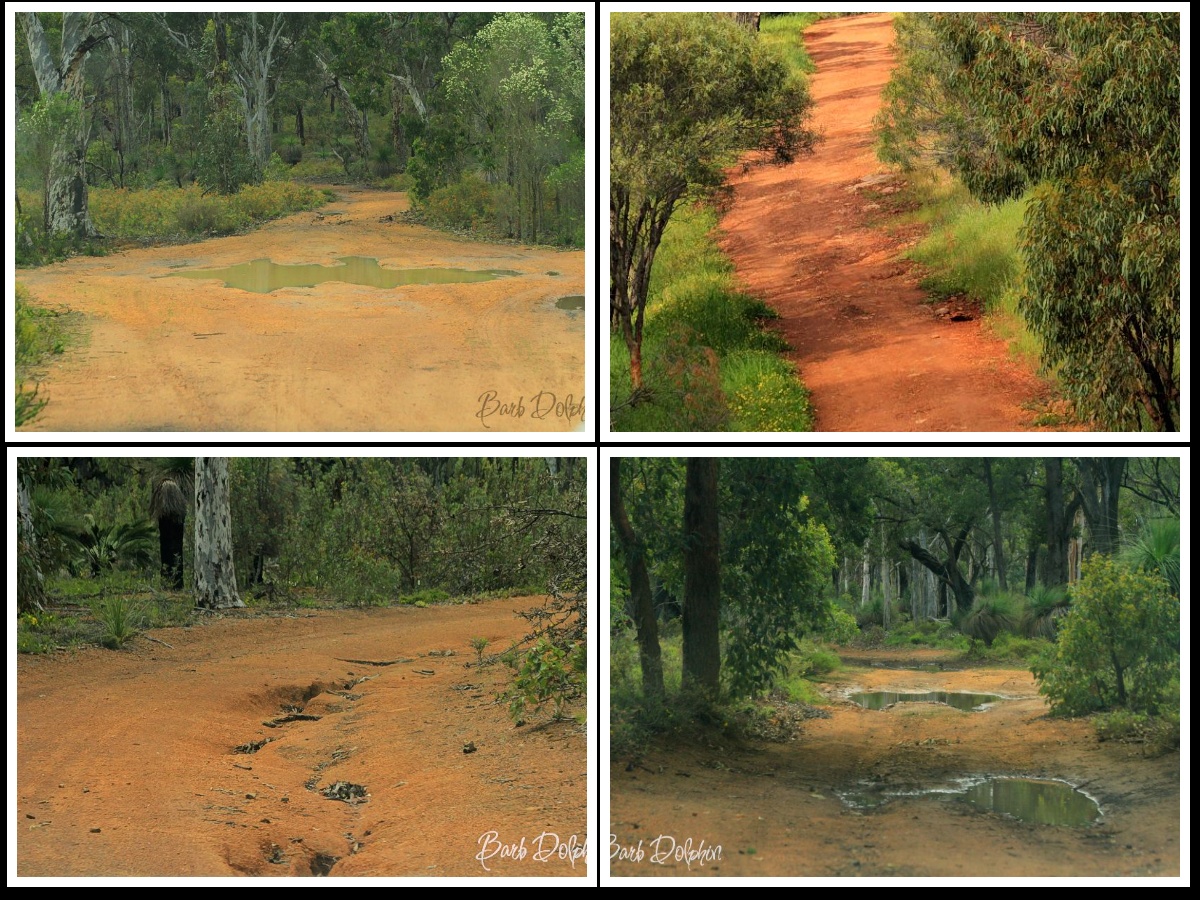
We now learn that
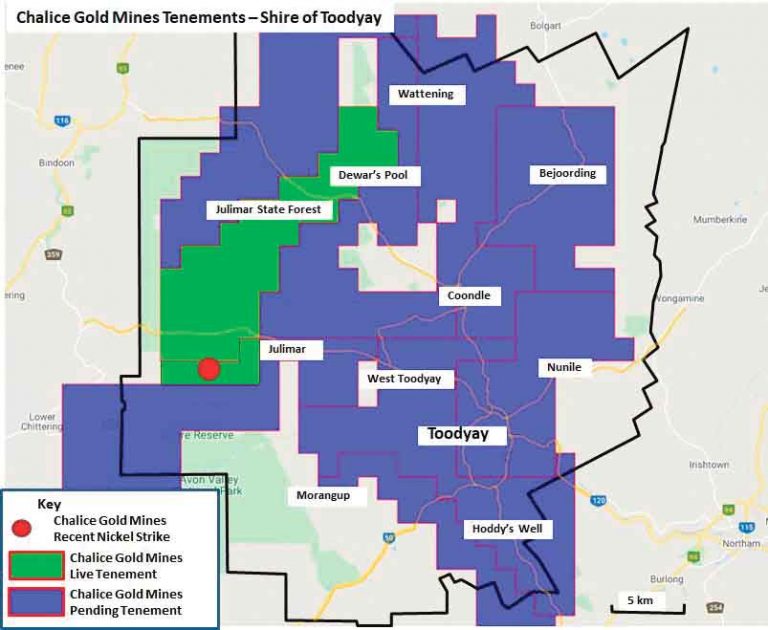
TOODYAY townsite and most of the shire has been blanket pegged for nickel after “spectacular” results from test drilling on a Julimar cattle farm (marked with red dot on map, left) 30km west of the town.
Chalice Gold Mines shares skyrocketed 700 per cent last month amid claims that Julimar could become a major new nickel province of significant strategic importance for Australia.
The Julimar find includes high-grade nickel, cobalt, and copper which Chalice said were “very important” in batteries for Tesla and other electric cars, and palladium which is used to manufacture hydrogen fuel cells and control vehicle pollution – all highly valuable metals on world markets.
Obviously, it’s about money. The subtitle is “Whole shire pegged as Julimar find sends shares skyrocketing.”
We’re being told that electric cars will help the environment, but at what price?
The cycle of making a car starts with raw materials being extracted, refined, transported, and manufactured into several components that will be assembled to produce the car itself. This process is very much the same in both conventional and electric cars. Nevertheless, at the end of the manufacturing process, electric cars are the ones generating more carbon emissions, according to the Union of Concerned Scientists.
Why is this? Because electric cars store energy in large batteries (the larger they are, the bigger their range is) that have high environmental costs. This happens because these batteries are made of rare earth elements (REE) like lithium, nickel, cobalt, or graphite that only exist beneath the surface of the Earth and therefore depend on mining activities with very polluting processes.
A new study by the Center for Economic Studies (CES) in Munich proclaimed: “Germany’s current energy mix and the amount of energy used in battery production, the CO2 emissions of battery-electric vehicles are, in the best case, slightly higher than those of a diesel engine, and are otherwise much higher.”
Forbes
But the price is also high with the loss of a good amount of a state forest, set aside for conservation. I am glad I got to spend a day there, an area I’ve always truly loved. I even tease John about my dream property that I have found there. With this news, they may even sell.
John and I have a lot of weekend outings and it’s rare we don’t see big holes everywhere these days where mining of some kind has begun. People need to investigate fully how our technology uses resources and understand the consequences.
A little about Challice Mining


